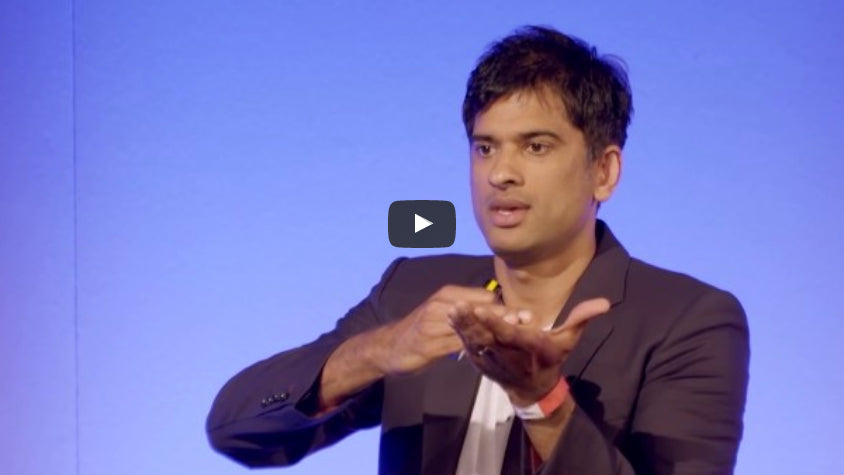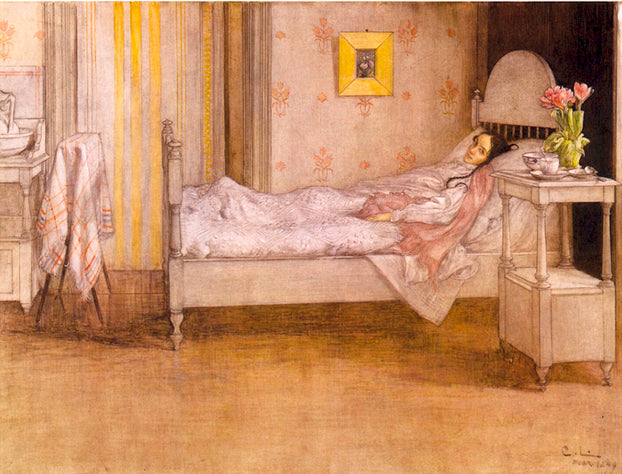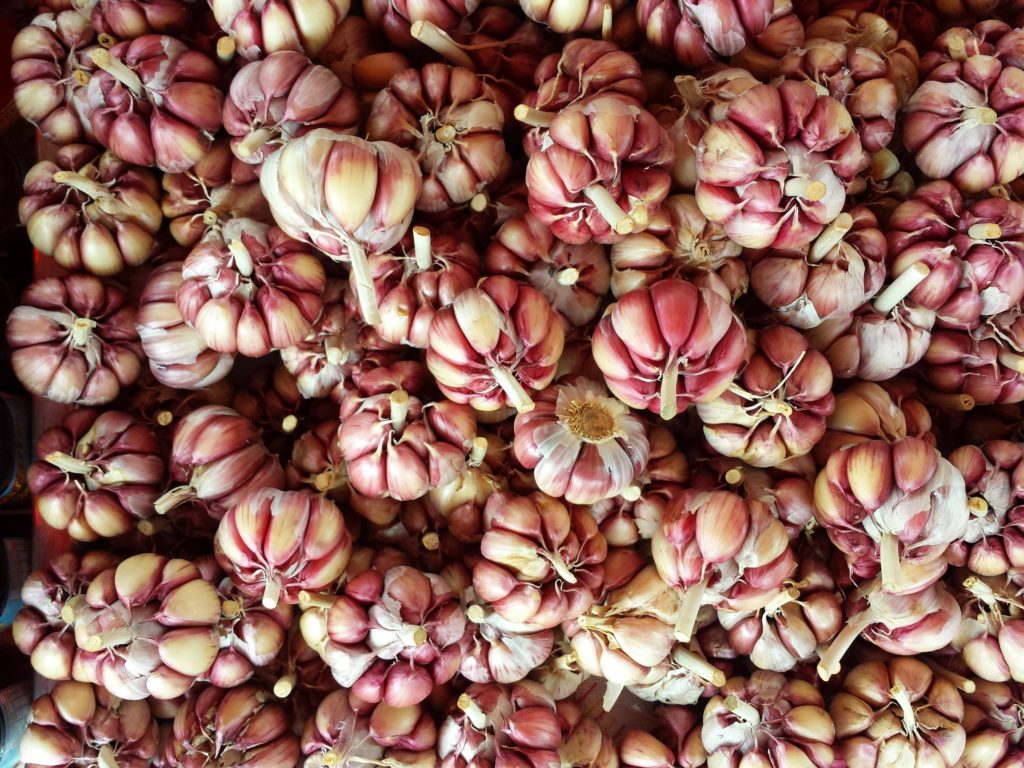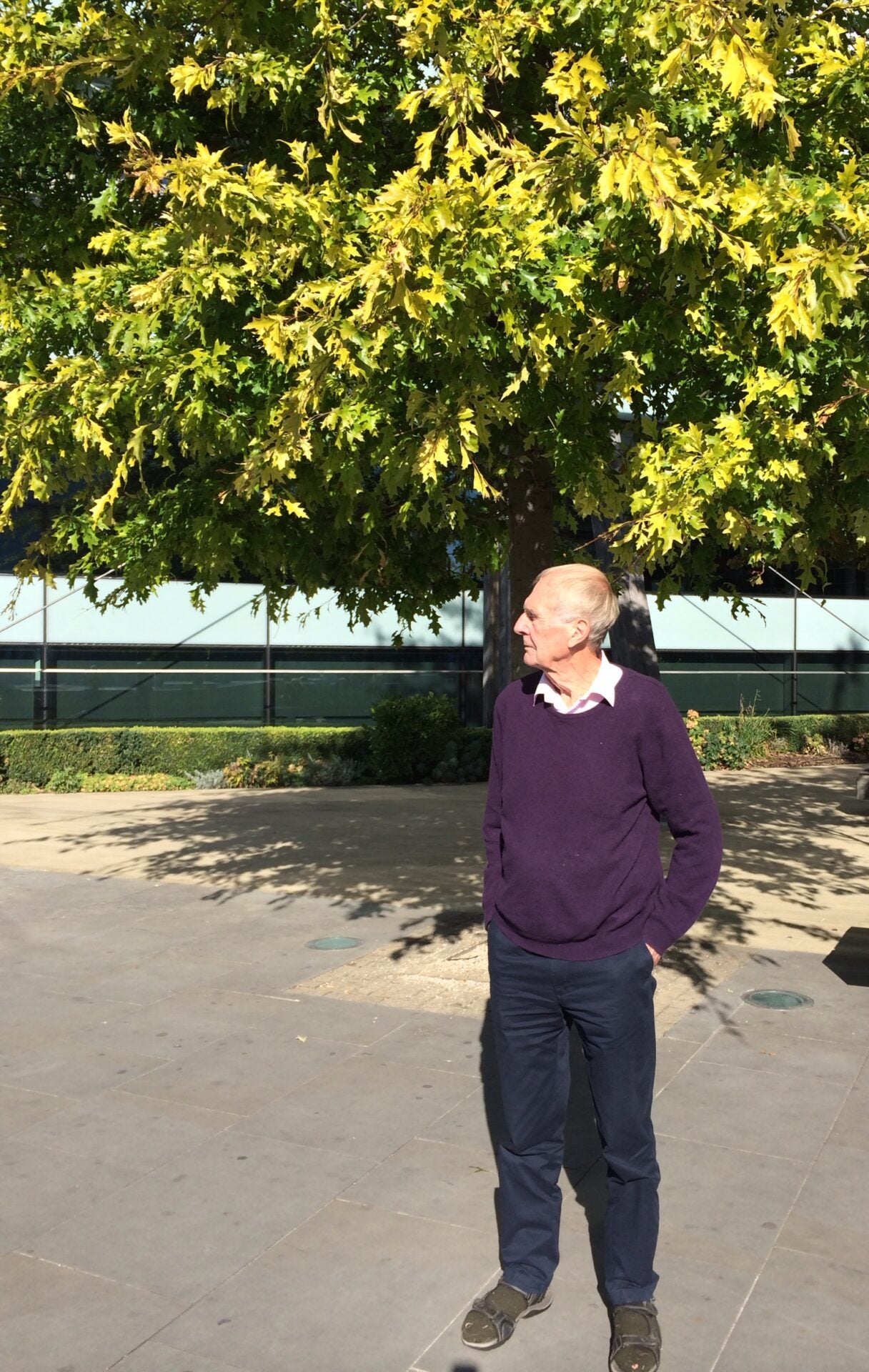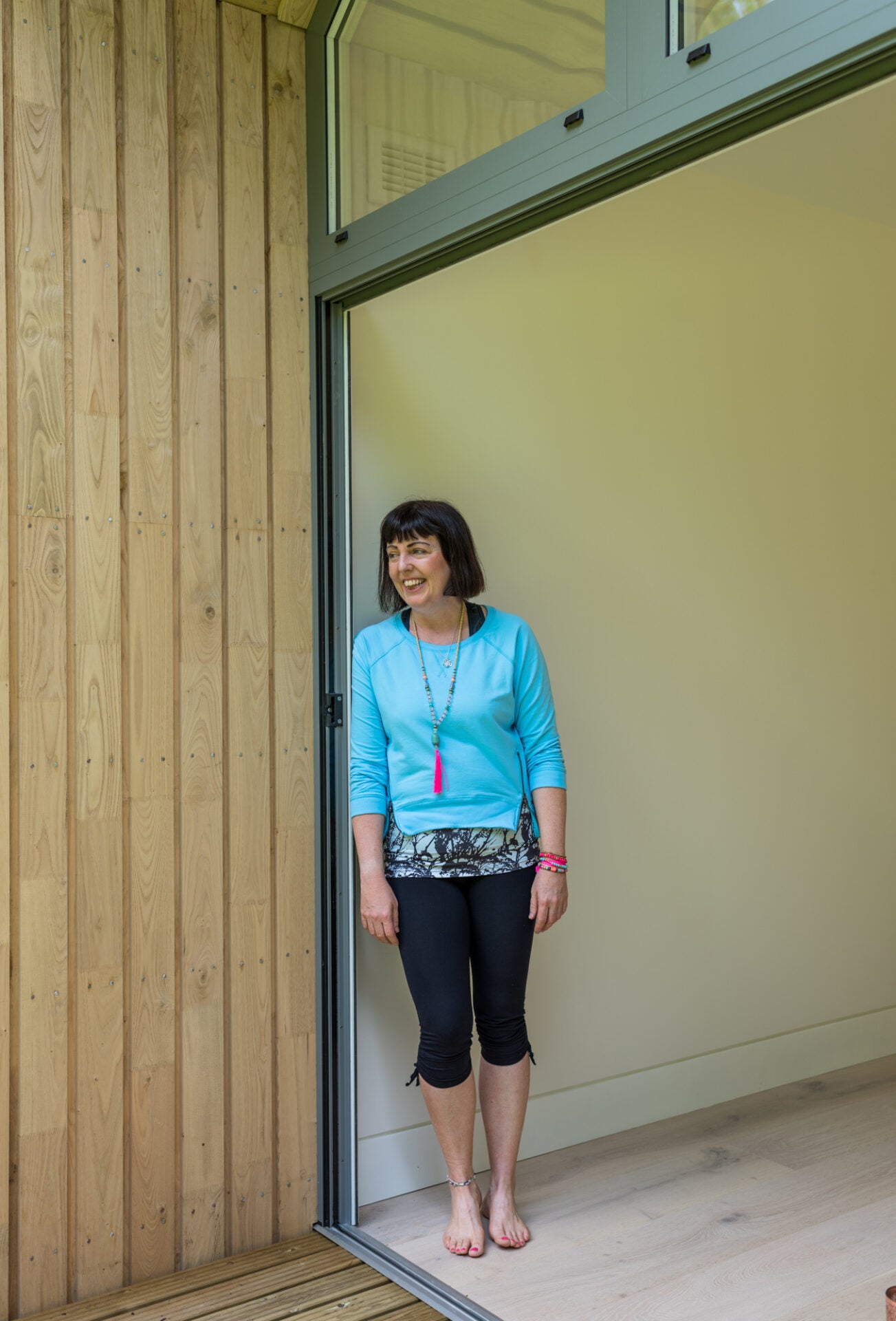Journal
- All
- Antioxidant
- Astragalus
- Blood clots
- Brain fog
- Burnout
- Cervical cancer
- Cholecystectomy
- Cold feet
- Cracked heels
- Echinacea
- Exhaustion
- Fatigue
- Gallbladder
- Headaches
- Health Advice
- Heart health
- Liver
- Low immunity
- Low white blood cells
- Memory
- Menopause
- Migraines
- Nervous system
- Perimenopause
- Recipe
- RnA ReSet
- Strokes
- Sun protection
- Thyroid
“Dear old world’ she murmered, ‘you are very lovely and I am glad to be alive in you.” -L.M.Montgomery, Anne of Green Gables. Before we go headlong in to another year it is always good to reflect. We might already...
A Voice in the Dark – Decisions and not DNA are your destiny
Genes may load the gun, but environment pulls the trigger Dr Chaterjee’s approach has been our philosophy for the last 20 years. He explains in absolutely crystal clear terms that disease doesn’t just happen and is rarely bad luck....
There is no trouble with rest.The only trouble with rest is the guilt we put on ourselves.Too much to do, keep going, reply to all those emails, especially the ones that say “did you get my email” – oops. It...
The Pill – an endocrine disruptor by design
“The pill has to disrupt the endocrine system in order to stop the production of endogenous hormones. The hypothalamus, the pituitary gland – the brain’s control centre for hormones – is what the pill overrides to prevent pregnancy. When we...
My first experience of garlic was when suffering from whooping cough as a baby. Long before my father became a qualified Medical Herbalist he was studying the benefits of garlic. He slathered Vaseline on the soles of my feet and stuck slices...
Garlic, Chilli and Ginger Special
Let every meal be a medical prescription This is one of my favourite rapid recipes. I love it on oatcakes with cheese, added to omelettes, spread over hot cheese and toast and I do have friends who love it on...
Our lives are a constant interchange of emotions from joy to sadness, from laughter to crying, solemnity to introspection. All of which is normal as everyday experiences interplay with our hormonal ebb and flow. So why do we stigmatise anxiety...
Mental health, the body and the breath
I think that there is often a misconception in our society about what ‘mental health’ is. We can often associate it with serious mental disorder or illness but I believe that as well as those very serious conditions, it is...
Surviving the sabre toothed tigers
FEELING WOUND UP? STRESSED? ANXIOUS? States of mind that large numbers of us are very familiar with in our busy, full-on, hectic lives. Also feelings that so many of our young people are struggling with, as I see in...

